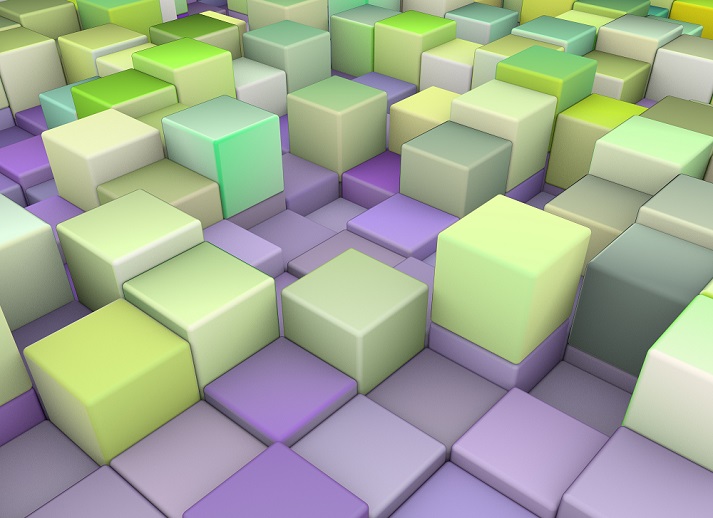

Discuss math vocabulary such as polyhedron, face, edge, prism, etc.Once all the shapes are assembled, you can use them however you like, depending on the age of your kids! Learning ideas for foldable 3D shapes:

You can also use tape if that’s easier for you (or you don’t have glue). These magnifying glasses make an adventure of learning shapes Tip: Laminate them for long-term use. This will help make sure it stays together. Grab your shape blocks and some washable paint, then stamp shapes to form a design or picture. This list is a great tool for planning your next 3D shapes math unit These easy books are just right for a preschool or kindergarten classroom with simple. I suggest adding a few dabs of glue to each tab and then hold it in place for a few seconds before gluing the next tab. Let us go ahead and focus more on the study of geometrical solids. The study of the properties, volume and surface area of three-dimensional shapes is called Solid Geometry. Children start to learn about 2D and 3D shapes in Year 1, where they are required to identify 2D shapes such as squares, rectangles, circles and triangles (. Then, carefully fold each tab so that it can be used to glue the shape together, and fold each side of the shape.įinally, glue each side together. In Geometry, the shape or the figure that has three (even higher) dimensions are known as solids or three-dimensional shapes. This will help them see and learn math vocabulary. If your students are older, have them label the different parts of the shape (face, edge, base) before assembling to use as a reference throughout their study of shapes! 🙂 At roughly three and four years of age, children learn several aspects of shapes, both two-dimensional (2-D) and solid (3-D). It takes longer for young children to learn the specific properties of each shape, such as the number of sides or how the shape looks. If you’ve printed on white card stock as I have, take some time to get creative and color or decorate the shapes before assembling them! This could make a great math art project! From an early age, kids notice different shapes even if they don't yet know that the shapes have names. I have tried it both ways, and regular paper is just too flimsy.Īfter printing, simply cut out the 3d shape nets on the solid lines. I highly recommend printing the nets on stock paper rather than regular paper.


 0 kommentar(er)
0 kommentar(er)
